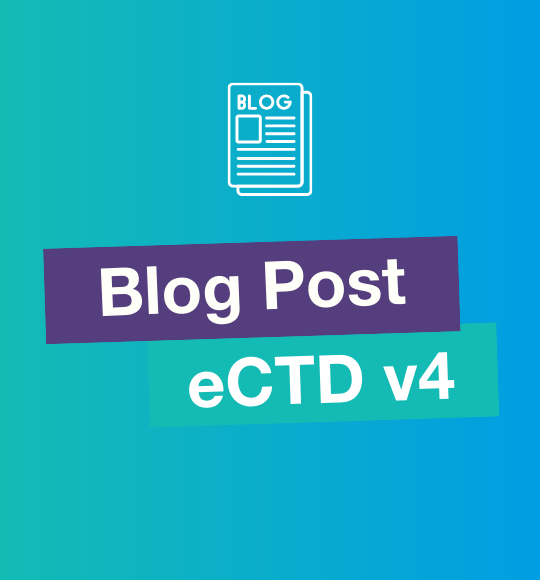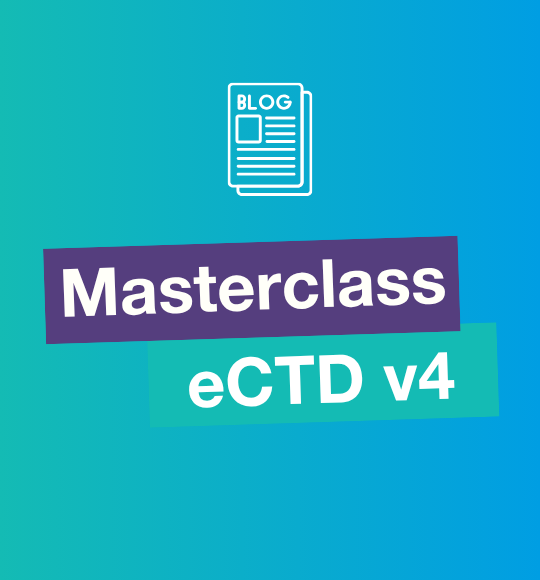
A Roadmap for IDMP Implementation & Compliance
The idea is simple - to remain compliant, life sciences organizations need to demonstrate that they are in control of their business, processes, and data. Whatever the regulation, the higher the degree of internal data governance, the lower the cost and effort associated with compliance. Non-compliance is not an option, and regulators do not hesitate to impose fines costing millions of dollars or withdraw products from the market for failure to do so.
When it comes to IDMP, the EMA announced that it would begin enforcing the new standard by the beginning of 2018. IDMP will be introduced in four iterations, thus spreading the workload required to capture and share new data elements over time and allowing organizations to adapt to the new regulatory changes.
Where to start with your IDMP implementation?
As the changes required for IDMP are substantial, adopting a framework that includes some or all of the following elements is strongly recommended:
- Start early, assess your readiness as soon as possible
- Create awareness among stakeholders
- Secure executive sponsorship and funding
- Understand the regulations
- Prepare your data
- Assess supporting technology
- Implement your solution
Assess your readiness
As an organization, you must ensure that you fully understand the standards and are familiar with any regional implementation guidelines. From there, you can begin to comprehend the full extent of the impact IDMP will have on your business.
Plan your implementation
Bringing together information from disparate sources into a single master repository will enable you to better understand and maintain the information you have and allow you to share the information with other internal parties more readily. This increases the potential for greater reuse of data and faster product/submission development.
Build your systems and processes
Having established your business objectives, building your team, and secured funding, your next step is implementation. This involves the development of your new processes as well as the migration of any existing data into the new framework.
The international ISO implementation guides will be accompanied by regional (or jurisdictional) implementation guides, e.g., the EU IDMP implementation guide.
Define your solution
With the right data management solution, life sciences organizations can actively manage their data and demonstrate compliance with regulatory inspectors. The resulting trustworthy and auditable data reduces the cost and effort of compliance and can be re-used to deliver business value.
To implement the systems and processes required for IDMP, organizations will have to start early and ensure they have all the necessary components in place. By streamlining operations and expediting the adoption of IDMP, the cost and resources associated with regulatory compliance will be minimized, and a painful regulatory exercise can be turned into an opportunity to develop more efficient processes and increase profitability.
If you want to learn more about the IDMP standard or how to implement it within your own business, contact us at any time.
.png)


